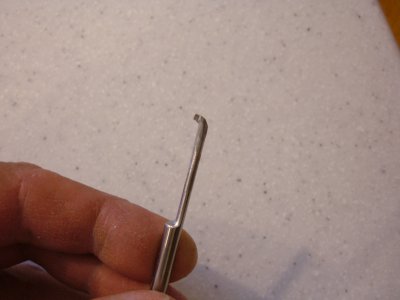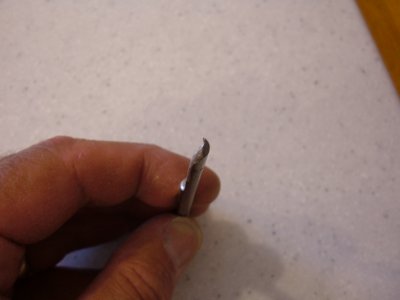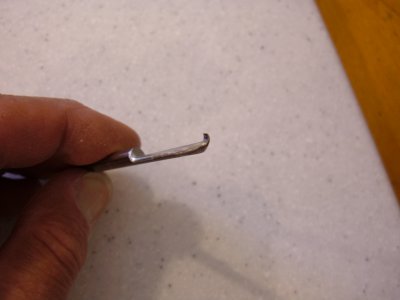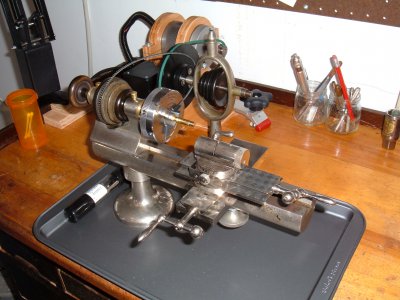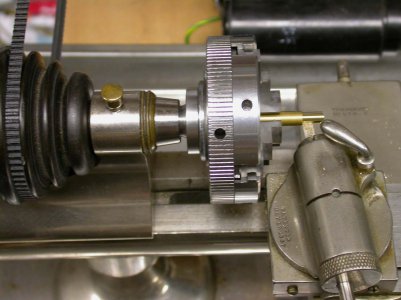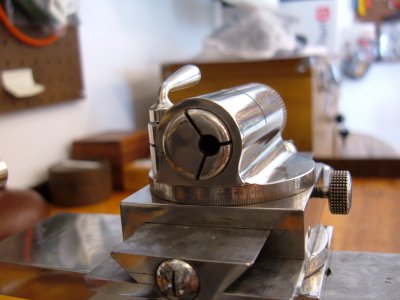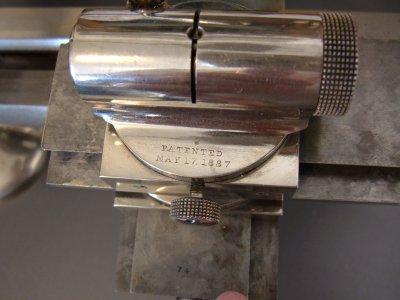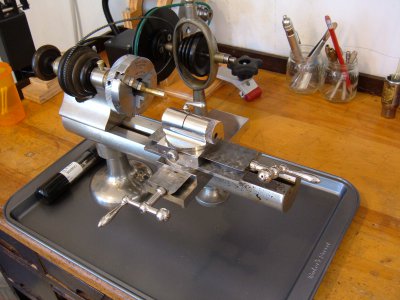- Joined
- Sep 24, 2012
- Messages
- 484
I'm somewhat new to machining, and still always learning new tricks on my little watchmaker's lathe (pictures elsewhere on this forum). In looking at boring bars on MSC's website, I see Left and Right boring bars. I'm assuming the Left/Right designation refers to the cutting action taking place depending on which way the headstock is turning. Of course, my motor is reversible, so I can turn material either way. For normal turning (not boring operations), I prefer to operate with the headstock on my left with the headstock rotating clockwise as viewed from the headstock to the tailstock. But for boring operations I like to turn the other direction because it makes it easier to see what's happening inside the hole being bored.
So how do the "right" and "left" designations line up with the two turning directions of my headstock? Knowing that would make ordering a pre-made one so much easier...so far all I have is one little homemade one.
Thanks in advance...
So how do the "right" and "left" designations line up with the two turning directions of my headstock? Knowing that would make ordering a pre-made one so much easier...so far all I have is one little homemade one.
Thanks in advance...


